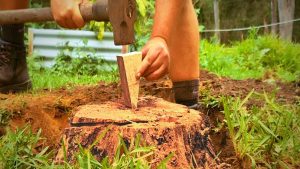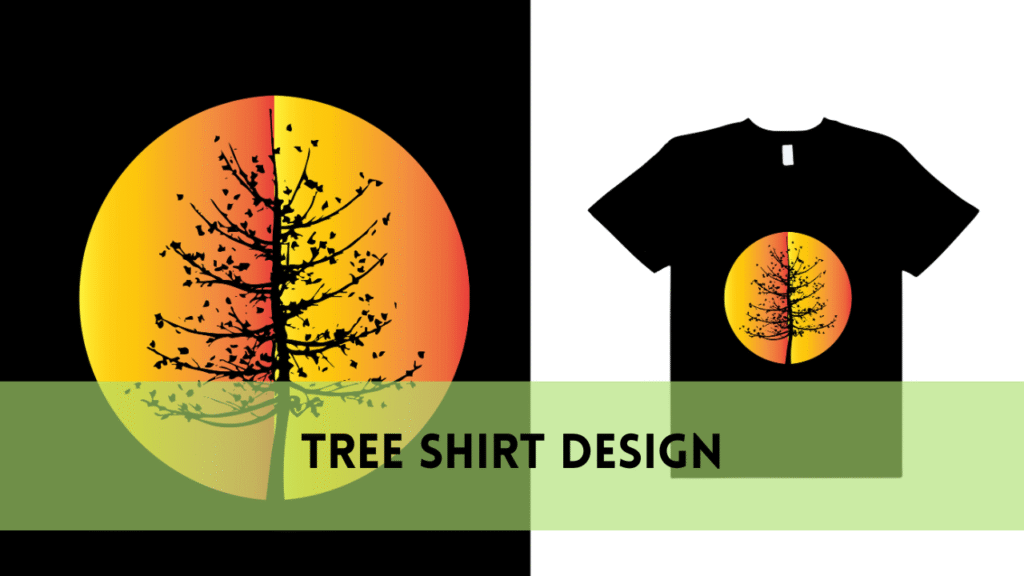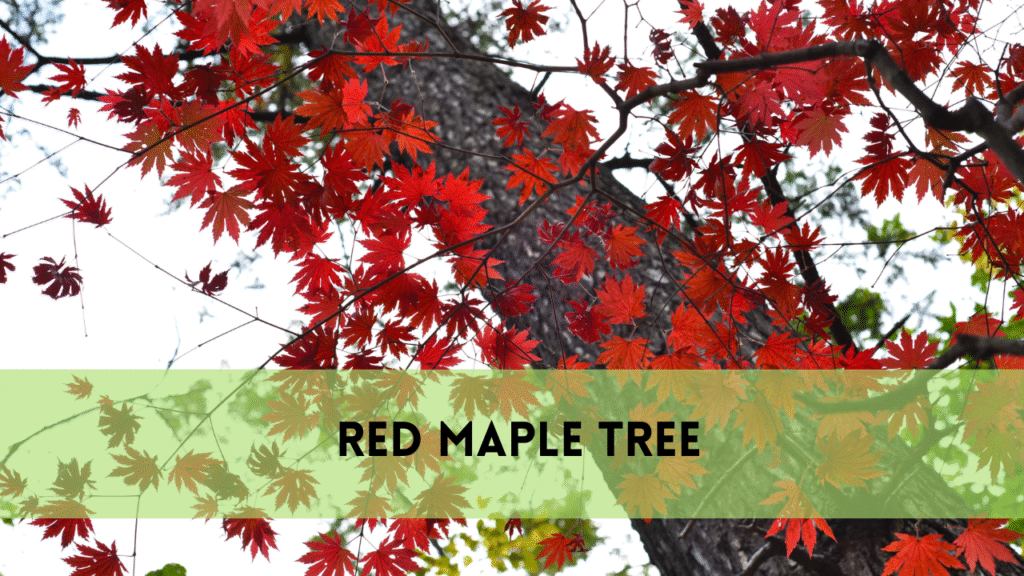How to remove tree stump without a stump grinder?
How to remove a tree stump without a stump grinder can be a challenging but rewarding process. Whether you have an old tree stump in your backyard or need to clear a new space for landscaping, various practical alternatives do not require specialized machinery. Below, we’ll look at many strategies for removing a tree stump with manual work and everyday home objects. Arbortrue-es, your go-to resource for all arboriculture, provides this information.
Why Is Stump Removal Essential?
Prevents regrowth. Removing stumps avoids new sprouts and unwanted tree growth, keeping the area open and manageable.
Improves Aesthetics: Stumps can be ugly, detracting from the visual appeal of your landscaping. Removing them enhances the overall appearance of your property.
Reduces Pest Attraction: Stumps can attract pests such as termites, ants, and beetles, which can spread to other plants or your home.
Increases Safety: Stumps can be tripping hazards, especially in locations where children play or where there is a lot of foot traffic, increasing the chance of injury.
Removing stumps frees up important space for landscaping, gardening, and other outdoor activities, allowing you to use your yard better.
How to remove a tree stump without a grinder?

Manual Digging Method
Tools Required:
Shovel
Hatchet
Axe
Hand saw
Digging bar
Step-by-step procedure
Dig Around the Stump: Use a shovel and ax to dig around the stump. First, remove the topsoil surrounding the stump to reveal the roots. Then, create a one—to two-foot-wide trench around the stump.
Cut Through the Roots: After you’ve exposed the roots, use an ax or hand saw to cut through them. An ax is more useful for larger roots, while a hand saw is best for smaller ones.
Leverage the Stump: Place a digging bar beneath the stump to gain leverage. Push down on the bar to raise the stump slightly. This procedure will necessitate great effort and may need to be repeated numerous times.
Remove any remaining roots: As you lift the stump, additional roots may become exposed. Cut through these roots until the stump is completely removed from the ground.
Remove the Stump: Once the stump is free, you can remove it from the hole. Depending on its size, you may need help lifting and carrying it away.
Burning Method
Tools Required
Drill using kerosene or diesel fuel.
Matches or lighters
Safety gear (gloves, goggles, fire extinguisher)
Step-by-step process
Drill holes in the stump. Use a giant drill bit to make multiple holes in the top of the stump. These holes should be 8-10 inches deep and a few inches apart.
Add fuel to the holes. Pour kerosene or diesel fuel into the drill holes. Allow the gasoline to soak into the wood for several hours or overnight.
Ignite the stump: Carefully light the stump with matches or a lighter. Wear safety equipment and keep a fire extinguisher closed in an emergency.
Monitor the burning process: Let the stump burn down completely. Depending on the stump’s size, this process might take a few hours to many days. Continuously check the stump to verify that the fire is under control.
Dispose of the Ashes: After the stump has burned to ashes, remove any residual debris. You may need to fill the stump hole with earth.
Chemical Stump Removal
Tools Required
Drill with potassium nitrate stump removal granules.
Water
Bucket
Safety equipment (gloves, goggles)
Step-by-step process
Drill holes in the stump. Similar to the burning process, drill multiple holes in the stump. The holes should be eight to ten inches deep and a few inches apart.
Apply Chemical: Fill the holes with potassium nitrate stump removal granules. Follow the manufacturer’s directions for the appropriate amount to use.
Add water. Pour water into each hole to allow the chemical to enter the wood. Water will also help to activate potassium nitrate.
Wait for Decomposition: Let the chemical work on the stump. This process can take many weeks as the chemical degrades the wood fibers and softens the stump.
Remove the Stump: After softening it, use a shovel, ax, or digging bar to break it up and remove it from the ground.
Using Epsom Salts
Tools Required
Drill Epsom salts
Water Bucket Safety gear (gloves, goggles)
Step-by-step process
Drill holes in the stump using the same procedures as before. Check that the holes are deep enough to reach the core of the stump.
Fill the drilled holes with Epsom salt. This treatment uses salts to suck moisture out of the stump, hastening the breakdown process.
Add water. Pour water into the holes to dissolve the salts and allow them to enter the wood.
Cover the stump: To prevent rain from removing the salts, cover the stump with a tarp or plastic sheet. Secure the cover with pebbles or bricks.
Wait for Decomposition: Over time, the Epsom salts will help dry up the stump and speed up its disintegration. Once the stump has deteriorated enough, it can be removed with little effort.
Natural Decomposition
Tools Required
Shovel
Soil
Expose the stump: Remove any debris or plants around the stump to expose it completely.
Encourage Decomposition: To speed up natural decomposition, keep the stump moist and give a nitrogen-rich fertilizer to the soil around it.
Wait for Decomposition: This method needs patience because a stump can take several years to decay organically. However, it is the least labor-intensive option.
Remove leftover debris: After the stump has disintegrated, remove any leftover debris and replace the hole with dirt.
How stump grinding can be used?
Stump grindings make excellent mulch for garden beds, retaining soil moisture and suppressing weeds.
Compost: Adding stump grindings to a compost pile can help the composting process, resulting in rich, organic material for gardening.
Paths: They can create natural-looking paths or trails in your yard with a soft surface for strolling.
Soil amendment: Adding grindings to the soil can improve its structure and fertility, especially in sandy or clay-rich locations.
Erosion Control: When stump grindings are spread across sloped terrain, they act as a protective layer, preventing soil erosion.
Related Posts:
FAQS
Can stump removal procedures harm adjacent plants?
Yes, some approaches, such as chemical treatments, can harm surrounding plants. It is critical to follow instructions precisely and consider the impact on the surrounding vegetation.
Is professional help required for stump removal?
While DIY methods are helpful, professional assistance may be required for large or challenging stumps, guaranteeing safe and efficient removal without causing damage to the surrounding region.
How long does natural decomposition take to eliminate a stump?
Natural decomposition can take several years to completely decompose a stump, depending on the size and kind of the tree. It is the least labor-intensive method but demands patience.
How effective is the burning procedure in various climates?
The burning process is most successful in dry climates where the stump can burn completely. It may be more difficult to keep the fire going in wetter areas, requiring additional efforts.
Conclusion
How to remove a stump without a stump grinder is laborious but doable. Whether you dig it out physically, burn it, use chemicals or Epsom salts, or allow it to decay naturally, each option has advantages and disadvantages. Follow the above methods to remove a tree stump and restore your outside area properly.




